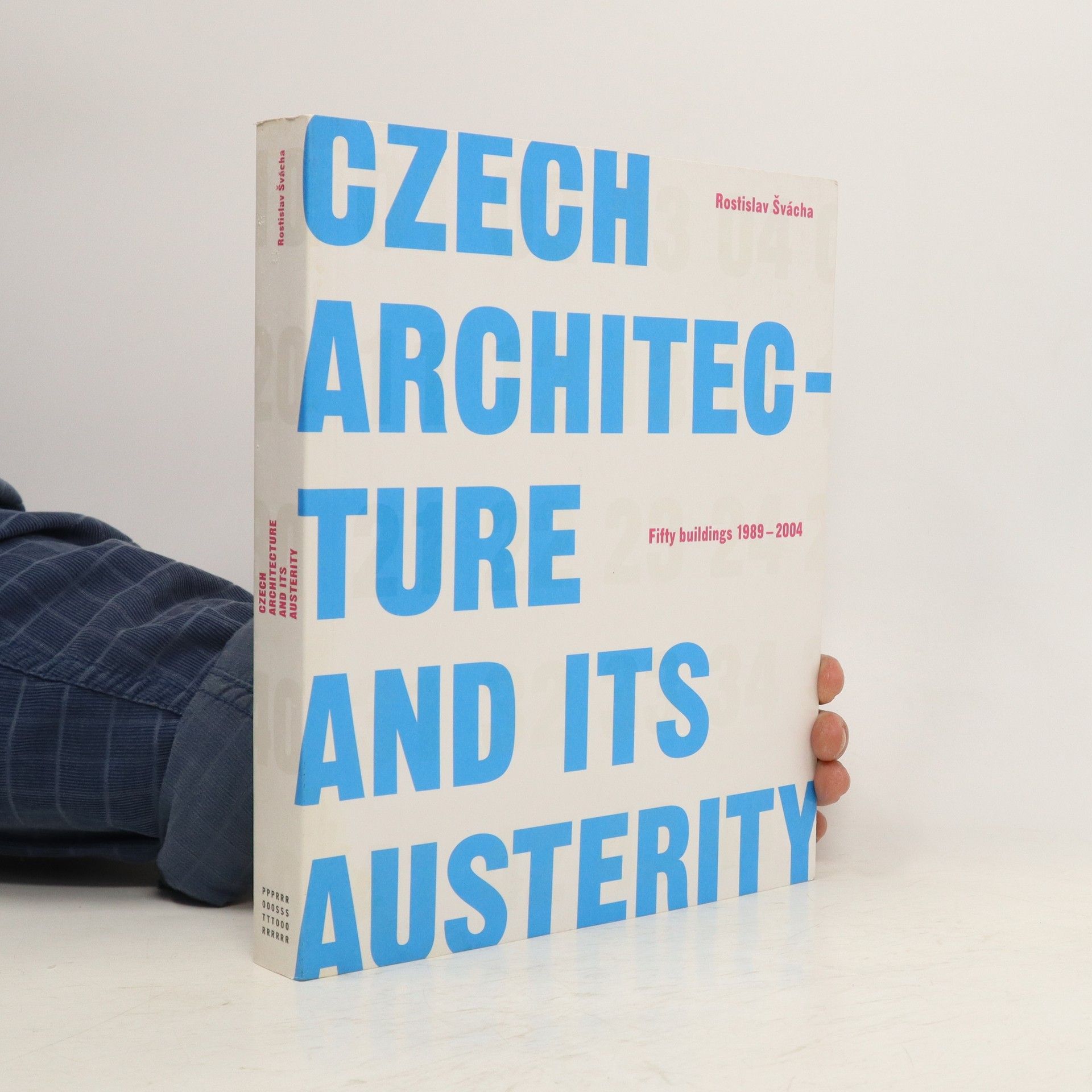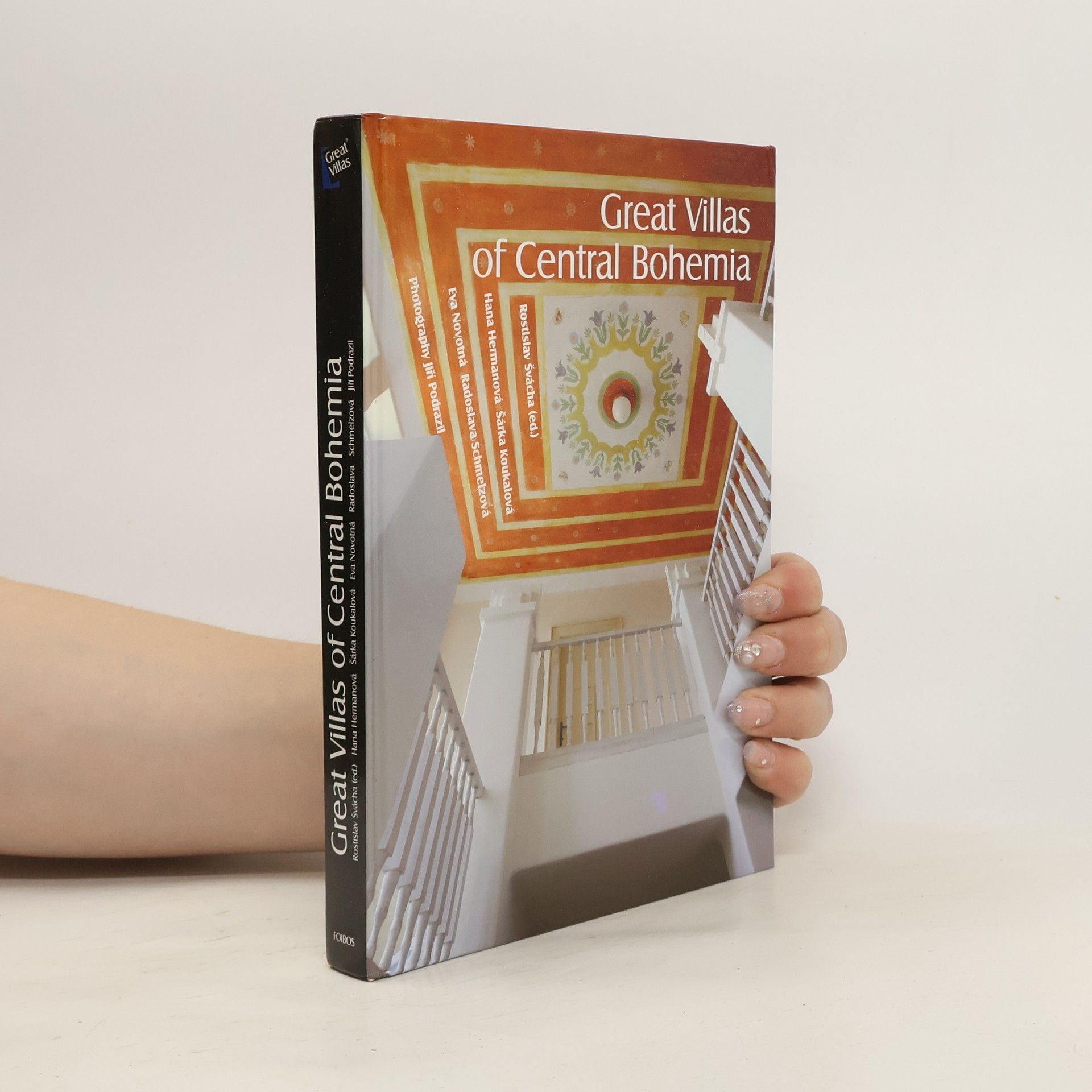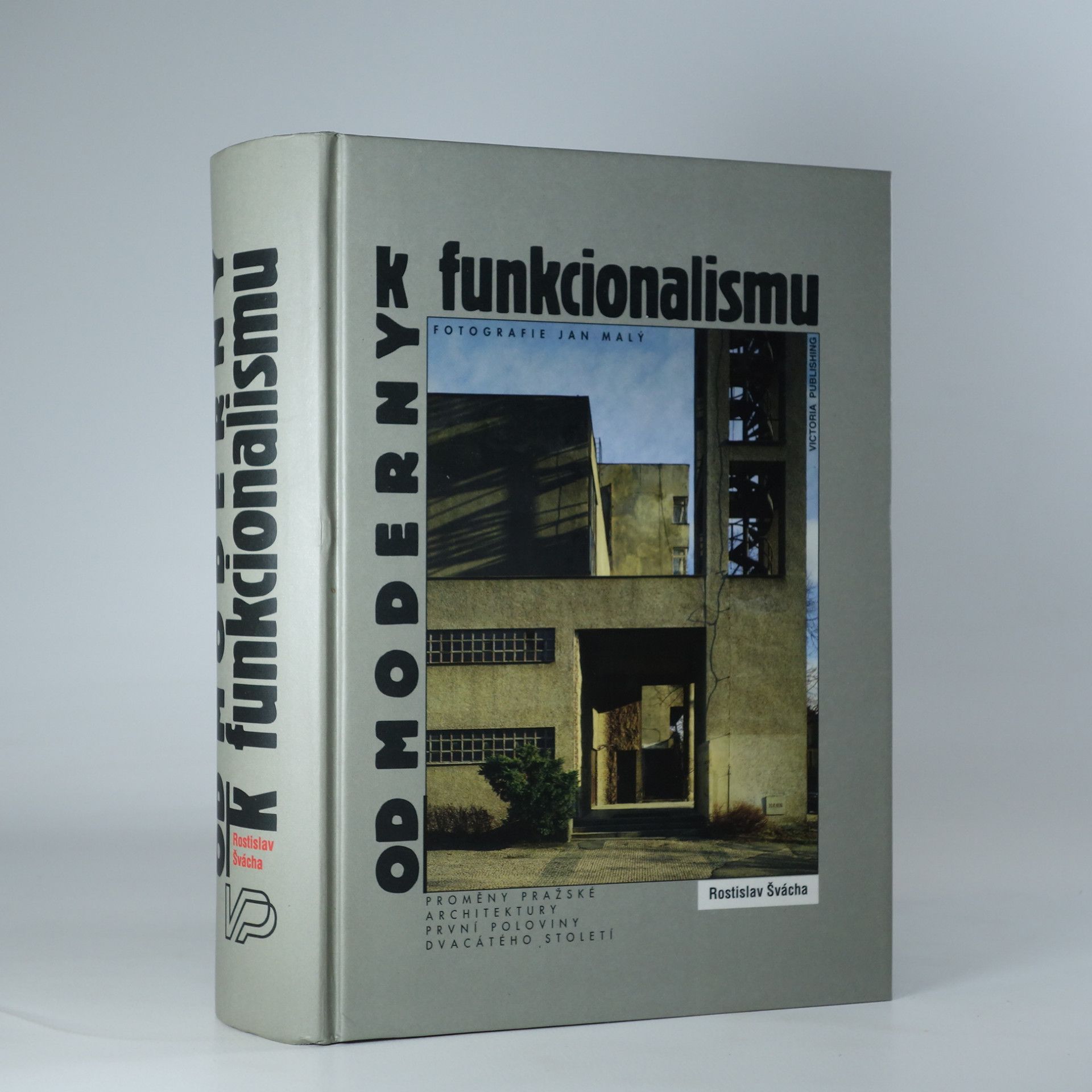Rostislav Švácha Bücher
Dieser Autor konzentriert sich in seinem Werk auf eine tiefe Erforschung der menschlichen Psyche und der Komplexität zwischenmenschlicher Beziehungen. Sein Stil zeichnet sich durch präzise Spracharbeit und tiefen Einblick in die Motivationen der Charaktere aus. Durch sein Schreiben versucht er, verborgene Wahrheiten über unsere Existenz und die Komplexität der Welt um uns herum aufzudecken. Seine Werke bieten den Lesern anregende Gedanken und starke emotionale Erlebnisse.

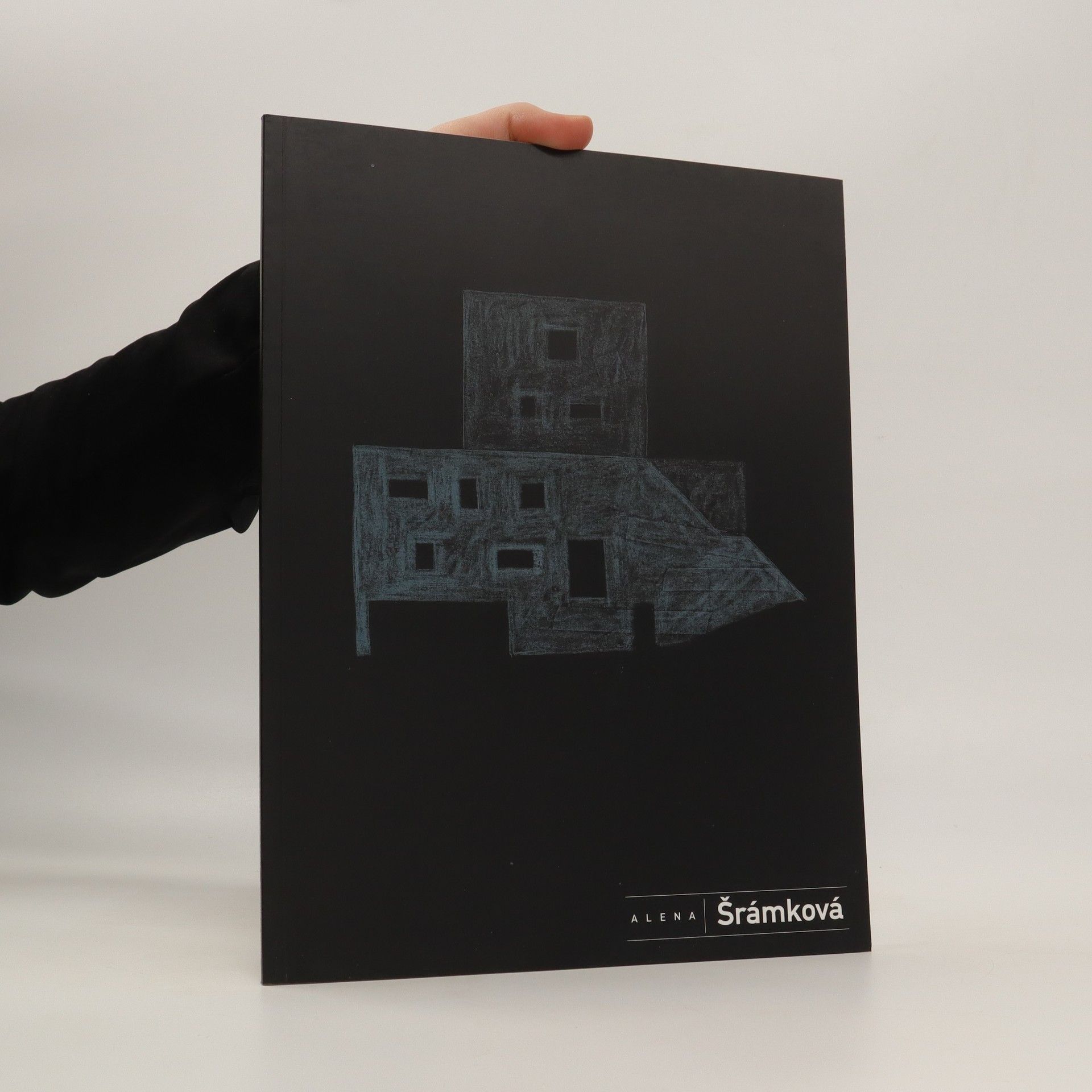
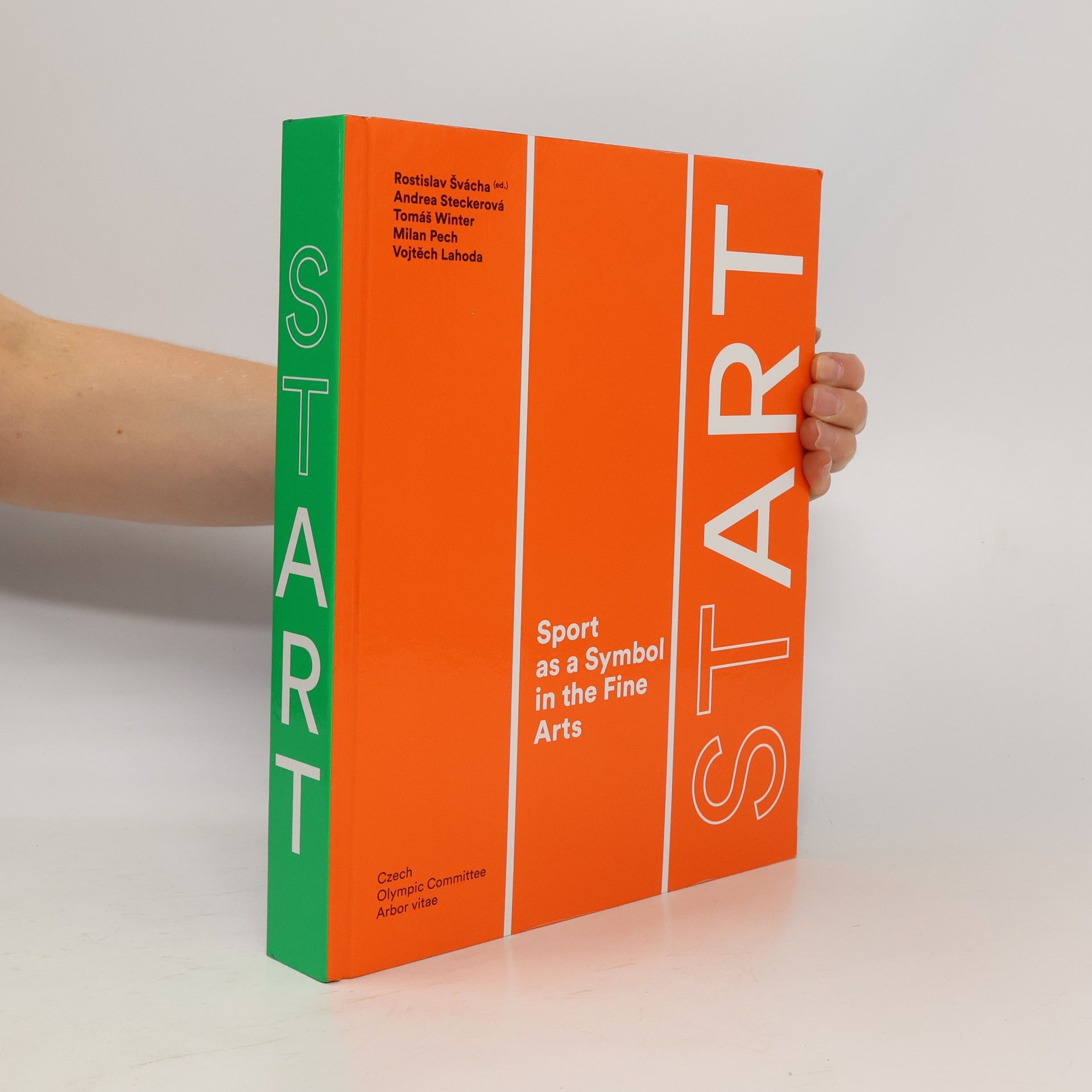
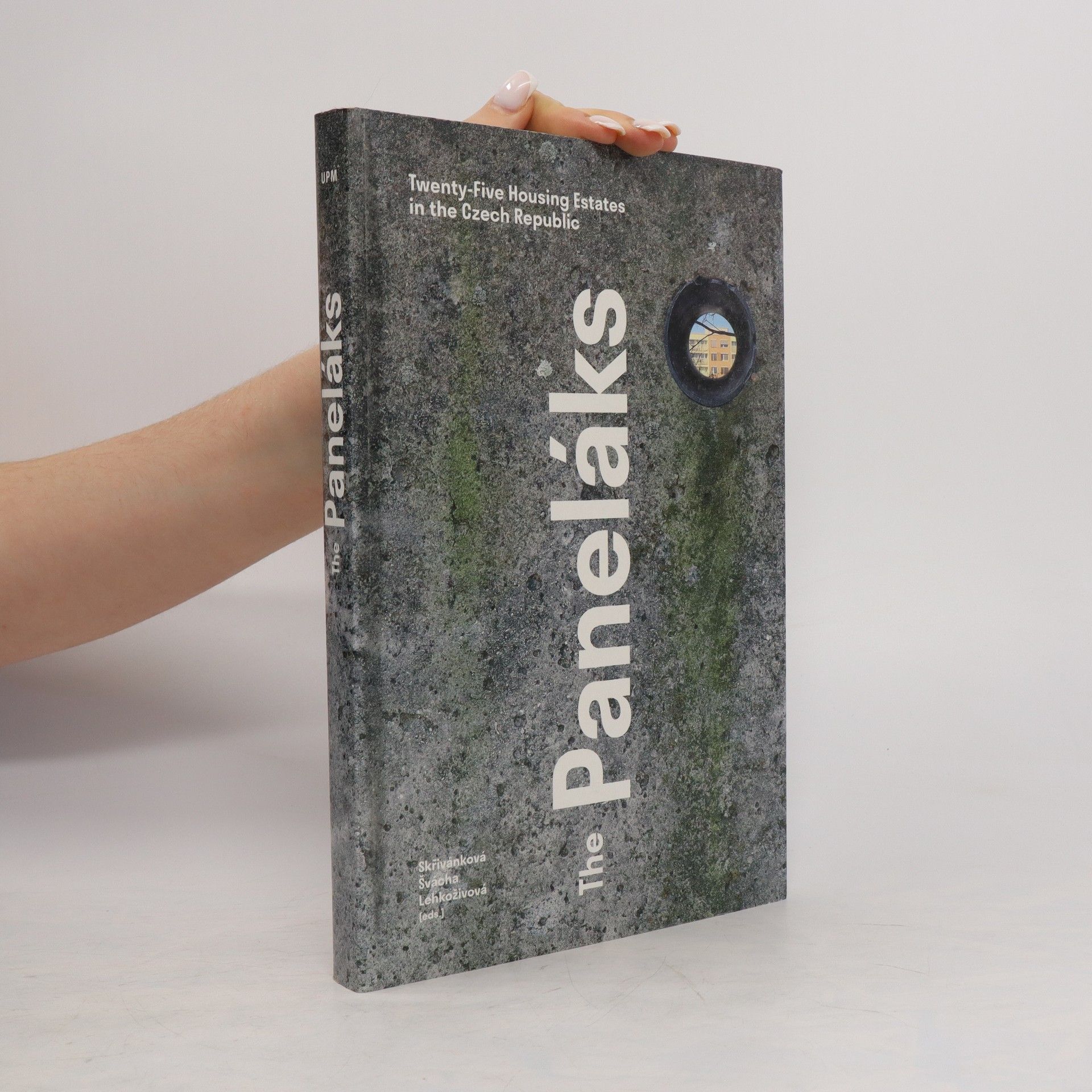

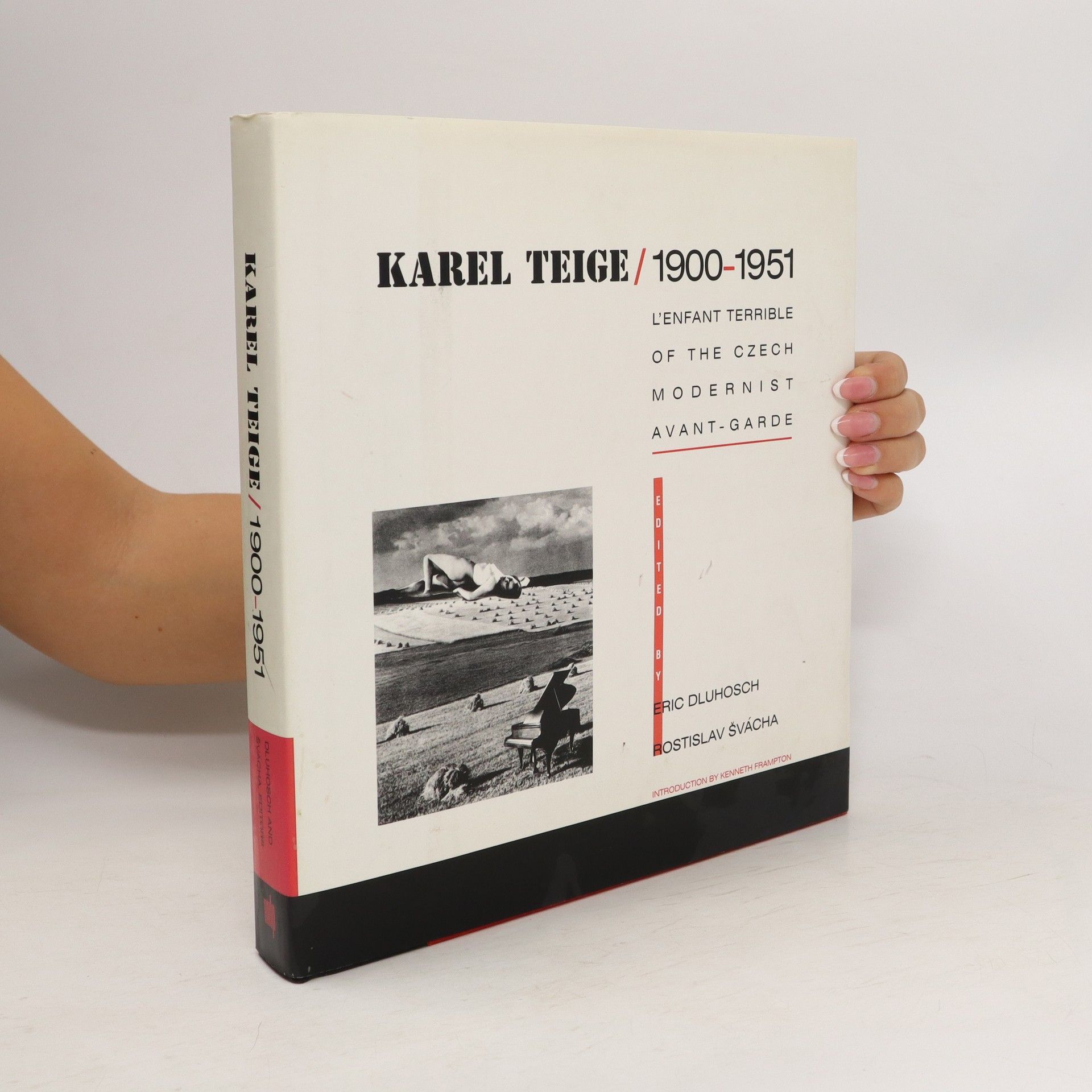

Karel Teige, 1900-1951
- 446 Seiten
- 16 Lesestunden
"When the Communists took over Czechoslovakia in 1948. Teige was first hailed as a progressive, then denounced for not toeing the party line - even though he was never a card-carrying member of the Communist Party. He died a broken man, forbidden to speak out or to publish. Since the recovery of his work after the "velvet revolution" of 1989, his legacy has been revived not only in Prague but also in Western Europe and the United States."--BOOK JACKET.
1492 – The Story of Dolní Vítkovice
- 200 Seiten
- 7 Lesestunden
The Paneláks. Twenty-Fiwe Housing Estates in the Czech Republic
- 282 Seiten
- 10 Lesestunden
The present volume The Paneláks is one of the results of a five-year research project devoted to mass housing complexes constructed between 1948 a 1989 within the current Czech Republic. It presents twenty-five housing estates (not only of prefabricated panel construction) from all fourteen Czech regions. In its organization, the publication is divided into six chapters on the basis of developmental stages, reflecting changes in the economic, social and cultural conditions as well as the technical possibilities available in construction. At the same time, it draws attention to the circumstances and reasons behind the construction of mass housing estates, the architecture and planning aspects of these complexes, and the personalities of their authors. In addition, six longer studies are included: on the periodization of the development of housing-estate construction, the start of the construction of prefabricated estates and their final end, changes in the demographic character of housing-estate inhabitants, the development of furniture for panel buildings, and a case study of life in Prague's largest housing estate, Jižní Město
Czech architecture and its austerity : fifty buildings 1989-2004
- 303 Seiten
- 11 Lesestunden
The publication presents 57 architecturally significant or interesting gems of family housing, which were created from the middle of the 19th century to the present in the territory of the Central Bohemian Region. The publication completes the edition series of Famous Villas of the Regions, which gradually presented architecturally interesting objects throughout the republic. In the past one hundred and fifty years, an unusually numerous and valuable collection of villa architecture was born in Central Bohemia. Central Bohemian villas have no equivalent counterpart in other regions of the Czech Republic. From the sixties of the nineteenth century, more affluent Praguers - the "villagers" - began to move to the new villas - "summer resorts" - in these resorts. The book tells the history of ten important villas. In it we find Roztoky, Všenory, Dobřichovice, Černošice, Řevnice, Jevany, Nespeky, Nouzov u Unhoště, joined by Lidice and Vonoklasy as less common innovations of the old theme of a villa settlement. Whether they are located in resorts or in the garden districts of larger Central Bohemian cities, villas from this region offer us an attractive display of variations of this type of building presented by the most famous architects of the last two centuries.
Kniha je věnována architektuře Prahy zhruba z let 1895-1945. Autor si stanovil za cíl podchytit co možná nejvíc kvalitních domů postavených v tomto období na území tzv. Velké Prahy v jejích hranicích z roku 1920. Kvantum základních informací, jež nashromáždil rozsáhlým průzkumem, se autor pokusil uměleckohistoricky interpretovat. Vyhledával mezi stovkami projektujících architektů daného období hlavní tvůrčí individuality, sledoval podrobněji jejich stavby a projekty ve chvílích, kdy tito architekti opravdu tvořili, rekonstruoval jejich umělecké záměry a ideály a pozoroval, jak se tyto záměry a ideály střetávaly s tvrdou realitou života, k níž patřily hlavně požadavky klientely a úřadů, veřejné mínění a záměry a ideály jiných architektů. Čtenář tak může hlouběji nahlédnout do uměleckých osudů Jana Kotěry, Pavla Janáka, Josefa Gočára, Jaromíra Krejcara, Oldřicha Tyla, Josefa Havlíčka, Ladislava Žáka a dalších osobností pražské moderní architektury. Fotografie Jan Malý (300 černobílých a 35 barevných fotografií) Adresář staveb sestavili Rostislav Švácha a Zdeněk Lukeš (obsahuje 1300 domů) (Zdroj: text na obálce knihy)

